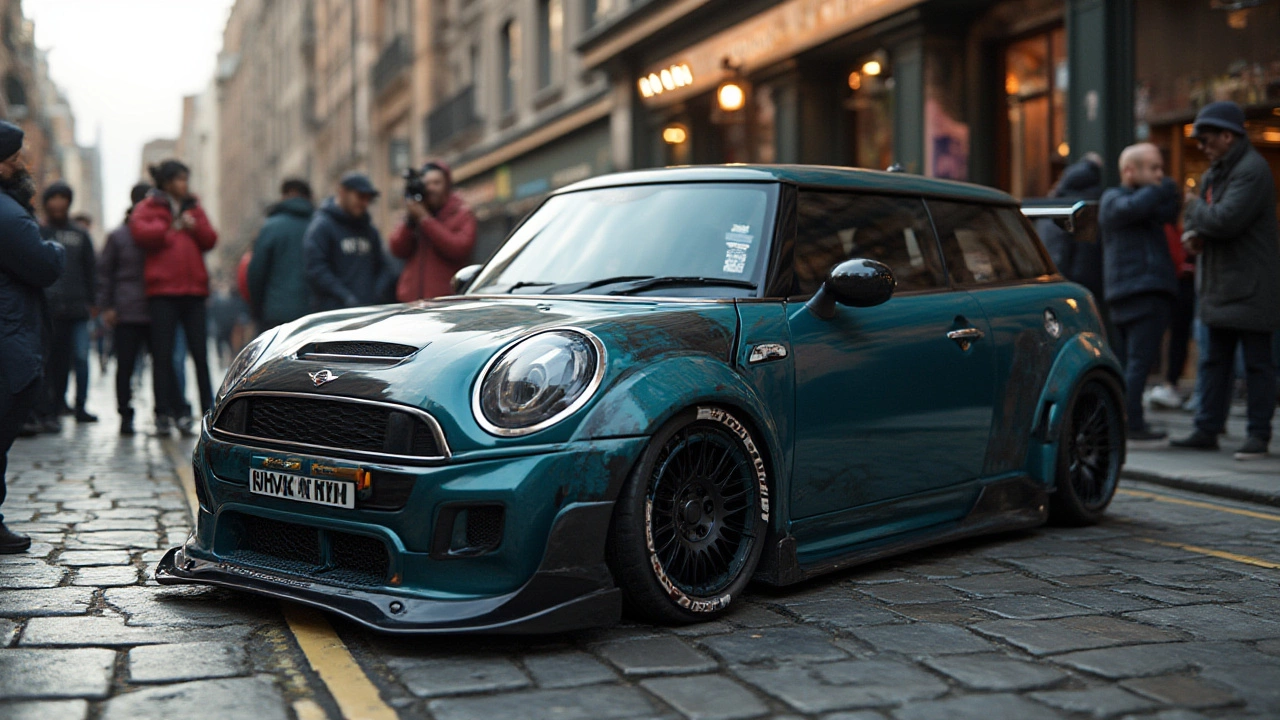If you’ve ever walked by a sports car with sharp lines and thought, "I want that," you’re probably looking at a body kit. A body kit is a set of exterior parts – usually front bumper, side skirts, rear bumper, and sometimes a spoiler – that replace or add to the factory panels. They can make a modest hatchback look aggressive or give a sedan a track‑ready vibe. But beyond the visual punch, many owners wonder if these kits actually help or hurt performance.
Most people assume a body kit makes a car faster, but the reality is a bit more nuanced. The biggest performance factor is aerodynamics. A well‑designed kit can smooth airflow, reduce drag, and add downforce, which helps the car stick to the road at high speeds. For example, a low‑profile front bumper that channels air around the wheels can shave a few tenths off the drag coefficient. On the flip side, cheap kits made of heavy plastic add weight and may increase lift if the shapes are not engineered properly. The extra weight can offset any aerodynamic gain, especially on less powerful cars.
Another point to consider is cooling. Some kits incorporate larger air intakes that feed the radiator or brakes, improving heat management during spirited driving. However, if the intake openings are too big, they can cause turbulence that actually hurts airflow to the engine. So when you shop, look for kits that mention wind‑tunnel testing or CFD (computational fluid dynamics) results – those are signs the maker cared about performance, not just looks.
Start by matching the kit to your car’s make, model, and year. A fit‑first approach saves a lot of hassle later. Most reputable brands list exact fitment, and many retailers offer fitting guides or videos. Next, think about the material. Fiberglass is cheap but brittle; ABS plastic is light and flexible; carbon‑fiber looks premium but costs a fortune. If you plan to drive daily, ABS offers a good balance of durability and weight.
Installation can be a DIY weekend project if you have basic hand tools and patience. Most kits come with bolts and brackets designed to bolt onto existing mounting points. You’ll need to remove the factory panels, align the new parts, and torque the bolts to the manufacturer’s specs. If you’re unsure about the fit, a professional shop can handle the job in a few hours and ensure the alignment is spot‑on. Remember to check your local vehicle regulations – some regions have rules about the height of spoilers or the shape of side skirts.
Finally, treat your kit like any other exterior part. Regular cleaning prevents road salt and grime from corroding the material. A quick wash with mild soap and a protective sealant keep the finish glossy and protect against UV fading. If you notice rattles or gaps, tighten the fasteners immediately – loose bolts can cause squeaks and even damage the car’s frame over time.
In short, a body kit can boost looks and, when done right, give a small performance edge. Focus on fit, material quality, and aerodynamic design, and you’ll end up with a kit that turns heads without hurting drivability.

Explore every component in a car body kit, from bumpers to extras, and discover tips and facts to upgrade your ride’s look and aerodynamics.